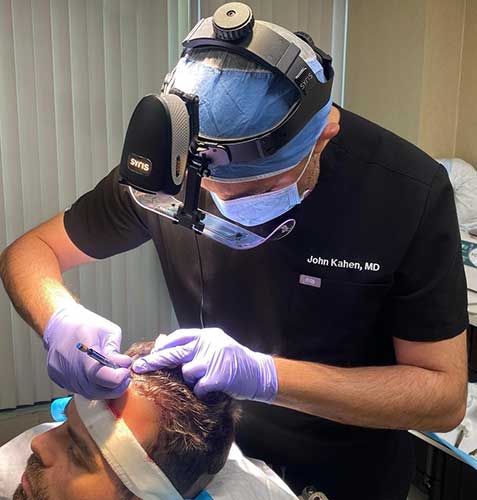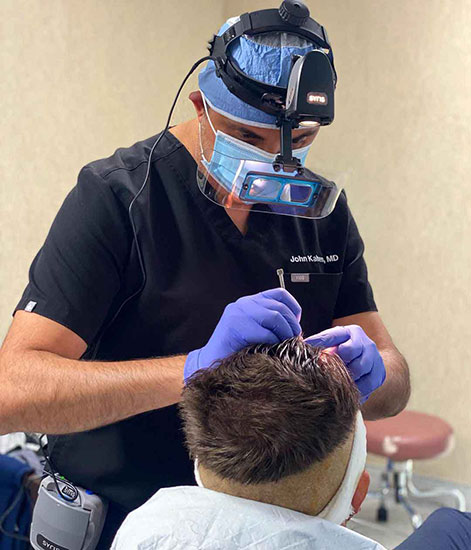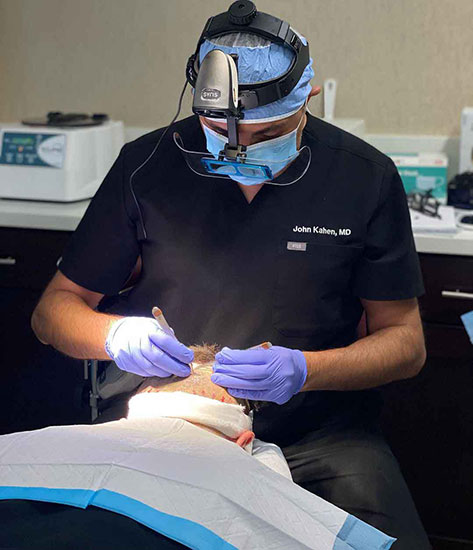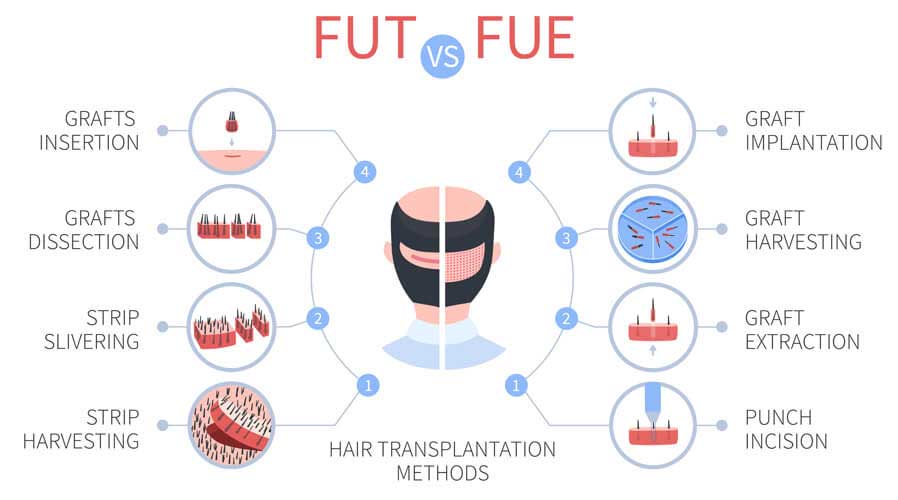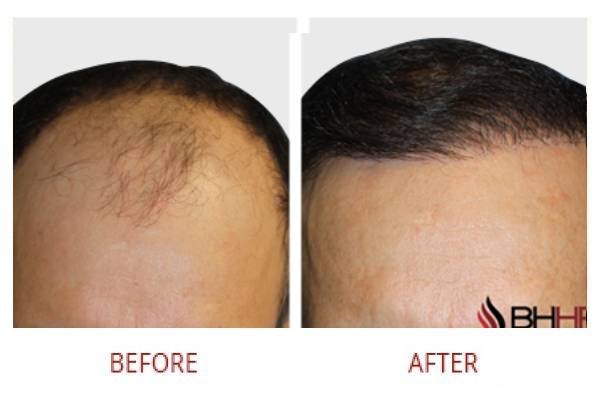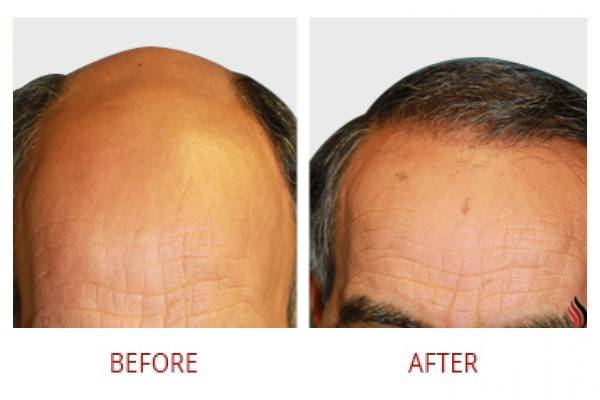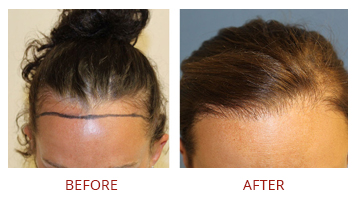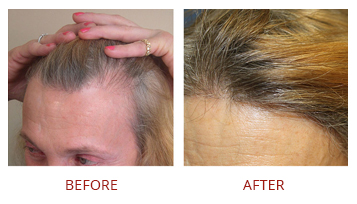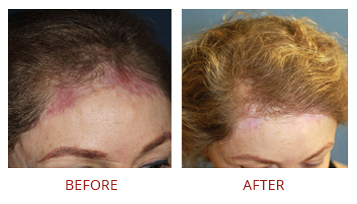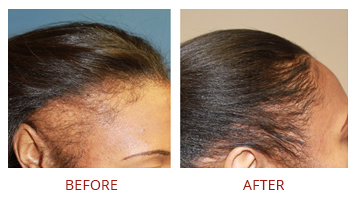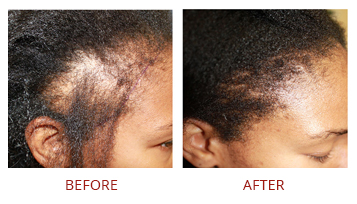Beard Hair Transplant
A beard hair transplant caters to individuals looking to enhance or reconstruct their facial hair. This procedure involves transferring follicles from the scalp to the beard area, perfect for filling in patchy spots or creating a robust beard. It is ideal for those who struggle with sparse or uneven beard growth, providing a permanent, natural-looking solution.
Eyebrow Hair Transplant
Eyebrow hair transplant is a meticulous procedure aimed at restoring or enhancing the density and shape of the eyebrows. It's particularly beneficial for individuals who have thin, scarred, or over-plucked eyebrows. This treatment uses delicate hair grafts to ensure results that blend seamlessly with the natural eyebrow hair, significantly enhancing facial aesthetics.
Transgender Hair Transplant
Transgender hair transplant procedures are tailored to help individuals in the transgender community align their physical appearance more closely with their gender identity. Depending on the individual's transition goals, this might include hairline modification to create a more traditionally masculine or feminine appearance.
Hairline Hair Transplant
Hairline hair transplants are designed to lower or reshape the hairline, providing a more youthful or aesthetically pleasing facial profile. This procedure is often sought by individuals with naturally high hairlines or those who have experienced hairline recession due to genetic factors or aging.
African American Hair Transplant
African american hair transplant addresses the specific needs of individuals with textured or curly hair. This specialized technique ensures that the unique curl patterns are preserved and seamlessly integrated into the transplant area, promoting natural growth patterns and aesthetically pleasing results that respect the natural hair texture.
CELEBRITY HAIR TRANSPLANT
Celebrity hair transplants are not just about showcasing advanced restoration techniques. They are a growing trend among high-profile individuals who use these procedures to maintain their image. These discreet procedures focus on natural, undetectable results, allowing celebrities to appear forever youthful and confident in the public eye.












